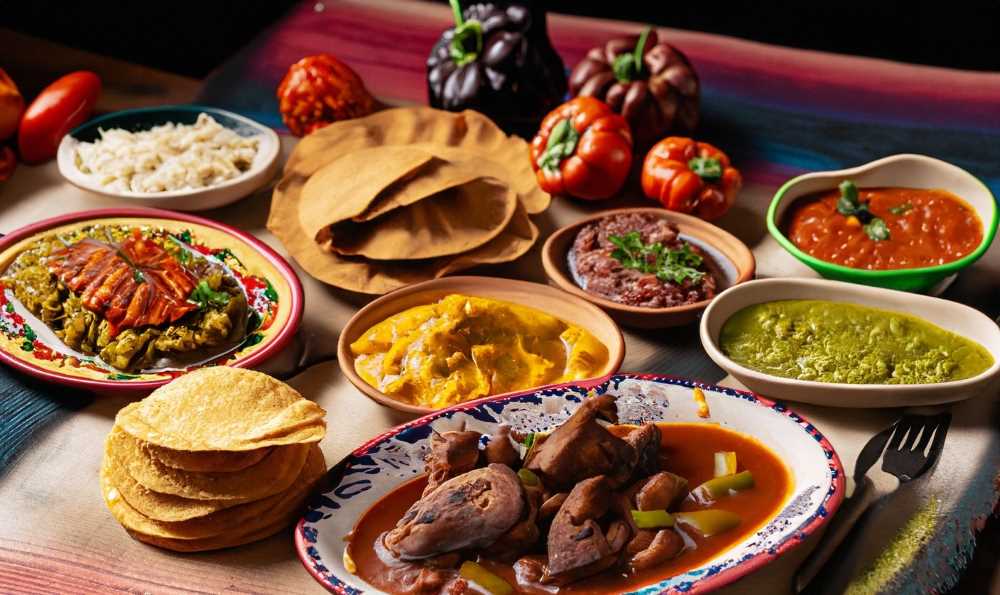How Volcanic Ice Made its Way to Moctezuma's Royal Table
Discover the profound significance of the table in Mexican gastronomy. From Moctezuma's legendary feasts to modern culinary delights, explore the cultural heritage and vibrant flavors that make Mexican cuisine an unparalleled experience.





